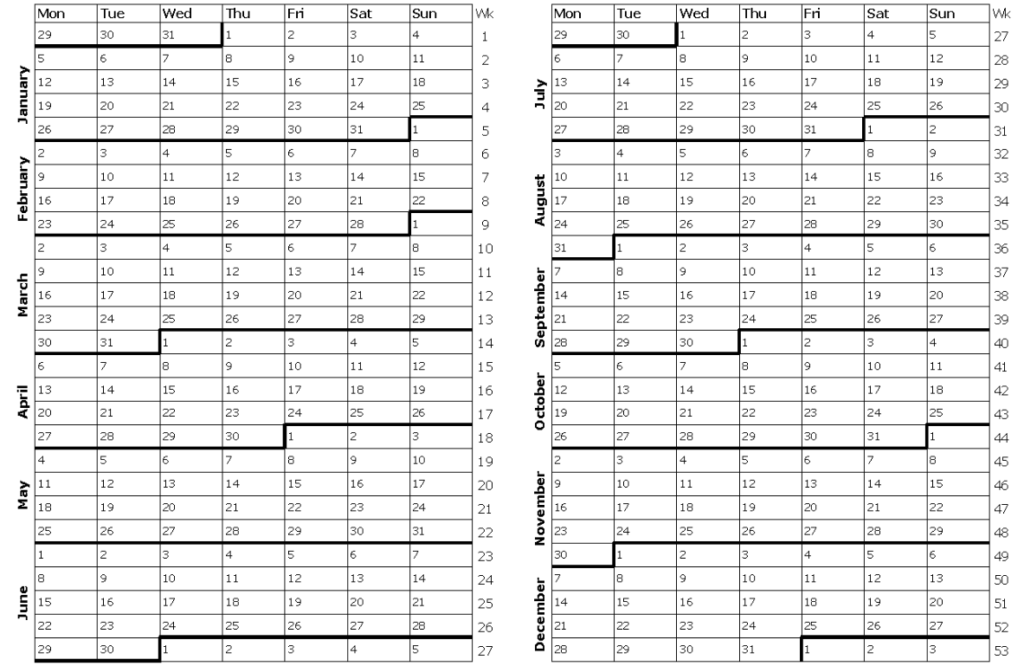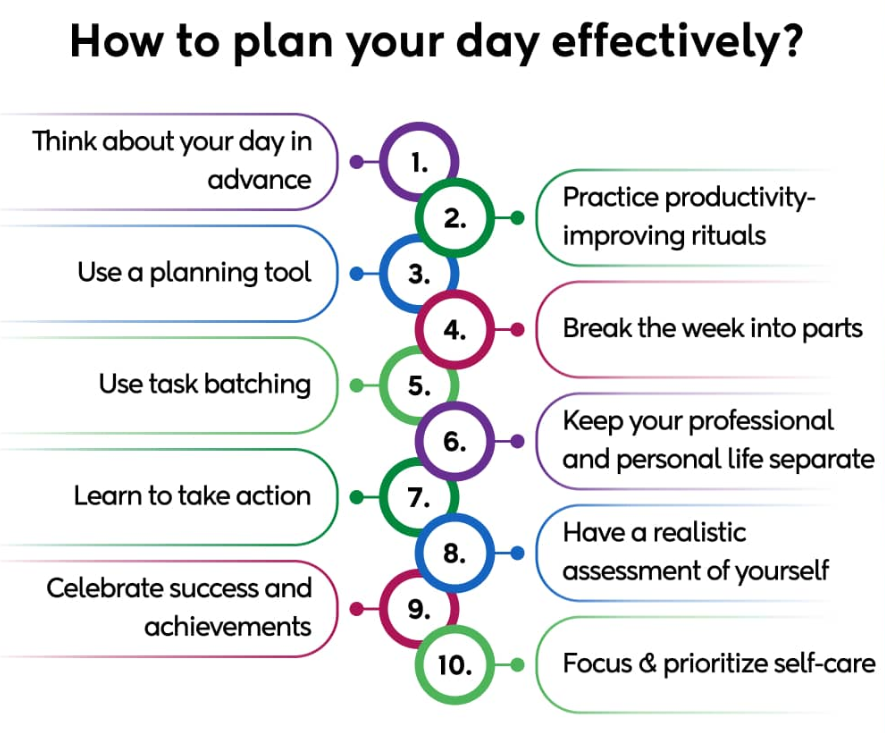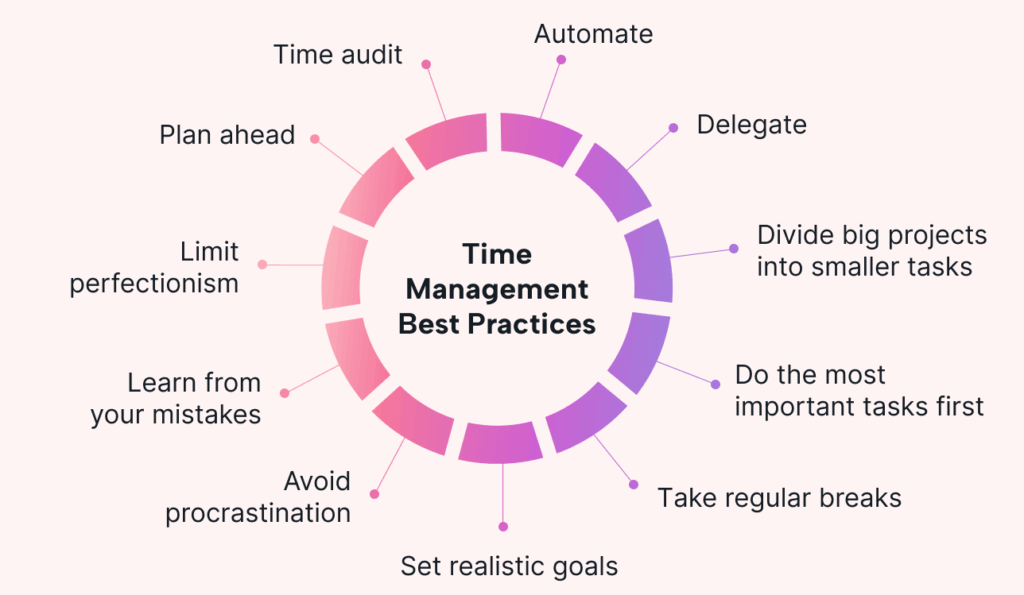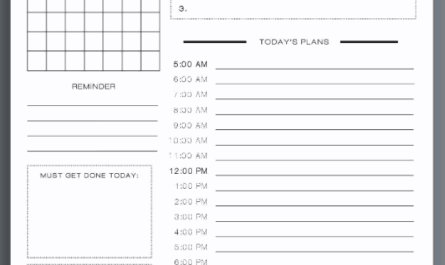Daily planning transforms abstract goals into concrete actions, ensuring consistent progress toward meaningful outcomes. The How to Use Your Planner & Productivity for Effective Daily Planning 2026 guide provides comprehensive strategies for leveraging planners as powerful tools for daily organization, priority management, and habit formation. By establishing structured daily planning routines, individuals create sustainable systems that enhance focus, reduce decision fatigue, and drive achievement throughout the year. This guide explores planner selection, daily planning methodologies, productivity integration, and long-term implementation strategies for maximum effectiveness.

Understanding the Power of Daily Planning
Daily planning serves as the bridge between long-term goals and immediate actions, ensuring consistent progress toward meaningful objectives. Effective daily planning requires intentional priority selection, realistic time allocation, and reflective practice that supports continuous improvement. By establishing structured daily planning routines, individuals create systems that enhance focus, maintain motivation, and drive sustained achievement.

Selecting the Right Planner for Your Needs
Planner Types and Their Strengths
- Daily Planner: Detailed hourly scheduling, task management, reflection space
- Weekly Planner: Balanced view of week, daily sections, weekly overview
- Monthly Planner: Big-picture planning, goal setting, monthly reflection
- Bullet Journal: Customizable, flexible, creative organization
- Digital Planner: Syncing, reminders, integration with other tools
- Hybrid System: Combination of paper and digital for optimal functionality
Daily Planner Essential Features
- Hourly time blocks for scheduling
- Space for 3-5 Most Important Tasks (MITs)
- Priority ranking or Eisenhower matrix
- Habit tracking checkboxes
- Notes section for ideas and reflections
- Gratitude or wins section
- Next day preparation space
Choosing Your Perfect Planner
| Criteria | Considerations | Best Options |
|---|---|---|
| Planning Style | How you prefer to organize (structured vs. flexible) | Traditional planners vs. bullet journals |
| Time Commitment | Hours available for planning and review | Simple vs. comprehensive systems |
| Digital Integration | Need for phone/computer sync | Digital apps vs. paper planners |
| Aesthetic Preference | Design style and visual appeal | Minimalist vs. artistic designs |
| Functionality Needs | Specific features required | Task management vs. habit tracking focus |
Daily Planning Process: Step-by-Step Guide
Step 1: Morning Planning Ritual (10-15 minutes)
Purpose: Set intentional focus for the day ahead
- Review yesterday: Note what was accomplished, what remains unfinished
- Check long-term goals: Ensure daily actions align with quarterly/monthly objectives
- Scan weekly priorities: Identify 3-5 MITs for current day from weekly plan
- Review calendar: Note all appointments, meetings, and commitments
- Assess energy levels: Consider current energy and schedule important tasks accordingly
- Set daily intention: State primary focus or theme for the day
Step 2: Priority Selection and Ranking
Methodology: Use the Eisenhower Matrix to prioritize tasks
- List all tasks: Write down everything needing attention today
- Categorize urgency/importance:
- Important and Urgent: Do immediately (crises, deadlines)
- Important but Not Urgent: Schedule (goal-related tasks)
- Urgent but Not Important: Delegate (interruptions, some emails)
- Neither Urgent nor Important: Eliminate (distractions, time wasters)
- Select top 3 MITs: Choose tasks with highest impact on goals
- Time block important tasks: Allocate specific hours for MITs
- Schedule supporting tasks: Fill remaining time with necessary but lower priority work
Step 3: Time Blocking Implementation
Structure: Allocate specific time periods for focused work
- Morning Block (8:00-11:00am): MIT 1 + MIT 2 (peak energy)
- Midday Block (11:00am-1:00pm): Meetings, collaboration, lighter work
- Afternoon Block (2:00-4:00pm): MIT 3, focused work (post-lunch energy)
- Administrative Block (4:00-5:00pm): Email, routine tasks
- Buffer Time: 15-30 minutes between blocks for transitions
Step 4: Habit Integration
Daily Habit Routine:
- Morning Habits (15-30 minutes): Exercise, meditation, hydration
- Work Habits: Focused Pomodoro sessions (25 minutes work, 5 minutes break)
- Learning Habit: 20-30 minutes daily reading or skill development
- Evening Wind-Down: Reflection, gratitude, preparation for next day
Daily Habit Tracker Example
| Habit | Mon | Tue | Wed | Thu | Fri | Weekly Goal | Actual |
|---|---|---|---|---|---|---|---|
| Exercise (30min) | ☐ | ☐ | ☐ | ☐ | ☐ | 5 days | 3/5 |
| Reading (20min) | ☐ | ☐ | ☐ | ☐ | ☐ | 7 days | 7/7 |
| Water (8 glasses) | ☐ | ☐ | ☐ | ☐ | ☐ | 7 days | 6/7 |
Step 5: Evening Review and Reflection (10-15 minutes)
Purpose: Assess progress, celebrate wins, prepare for tomorrow
- Celebrate accomplishments: Note completed MITs and significant progress
- Assess incomplete tasks: Determine if rescheduling or elimination needed
- Review habit success: Check off completed habits, note streaks
- Plan tomorrow: Review MITs for next day, block time appropriately
- Practice gratitude: Note 3 things appreciated about the day
- Prepare mentally: Visualize successful next day
Productivity Techniques for Daily Planning
Getting Things Done (GTD) Daily Workflow
- Capture: Write down all tasks, ideas, commitments in inbox
- Clarify: Process inbox; decide next action or defer/delete
- Organize: Place tasks in appropriate categories or contexts
- Reflect: Weekly review of system; daily priority selection
- Engage: Work from prioritized daily list with confidence
Pomodoro Technique Implementation
Daily Pomodoro Schedule Example:
- Morning (8:00-10:00am): 4 Pomodoros (100 minutes) MIT 1
- Break (10:00-10:15am): Rest, stretch, hydrate
- Mid-morning (10:15-11:45am): 3 Pomodoros (75 minutes) MIT 2
- Lunch Break (11:45am-12:30pm): Meal and rest
- Afternoon (1:00-2:30pm): 3 Pomodoros MIT 3
- Administrative (3:00-4:00pm): 2 Pomodoros routine tasks
Eisenhower Matrix Daily Application
| Urgent | Not Urgent | |
|---|---|---|
| Important | Client deadline (today) Quarterly report (due tomorrow) | MIT 1: Strategic project (2 hours) MIT 2: Learning opportunity (1 hour) |
| Not Important | Email responses (30 min) Administrative tasks (1 hour) | Social media scrolling Unnecessary meetings |
Common Daily Planning Challenges and Solutions
Challenge 1: Overwhelm and Too Many Tasks
Solution: Limit daily MITs to 3 maximum. Use weekly planning to distribute tasks appropriately. Learn to say no to low-priority requests.
Challenge 2: Interruptions and Distractions
Solution: Use time blocking with distraction-free periods. Communicate focus times to colleagues. Create dedicated workspaces for deep work.
Challenge 3: Lack of Motivation or Energy
Solution: Schedule highest priority tasks during peak energy periods. Include short breaks and movement. Celebrate small wins daily.
Challenge 4: Inconsistent Planning Habits
Solution: Establish consistent planning time (morning or evening). Use habit stacking (pair planning with existing routine). Track planning consistency.
Challenge 5: Unrealistic Time Estimates
Solution: Use time tracking for a week to establish realistic estimates. Add 25% buffer to task time estimates. Review and adjust estimates regularly.
Advanced Daily Planning Strategies
Themed Daily Focus
Monday: Planning and preparation
- Weekly planning session
- Project organization
- Meeting preparation
Tuesday-Thursday: Deep work and execution
- MIT completion focus
- Time-blocked project work
- Learning and skill development
Friday: Review, reflection, and wrap-up
- Weekly review and reflection
- Project status updates
- Planning for next week
Energy-Based Scheduling
Morning (Peak Energy): Strategic thinking, creative work, learning
Midday (Transition Energy): Meetings, collaboration, routine tasks
Afternoon (Lower Energy): Administrative work, email, lighter tasks
Evening (Recovery Energy): Reflection, light reading, preparation
Batch Processing Daily
- Email Processing: 3x daily (9am, 2pm, 4pm) – 20 minutes each
- Phone Calls: 11am-12pm dedicated communication block
- Social Media: 15-minute scheduled blocks (avoid random scrolling)
- Meal Planning: Sunday planning for week; quick daily checks
Weekly Planning Integration
Sunday Evening Planning Session (30-45 minutes)
- Review past week: Celebrate wins, analyze challenges
- Assess monthly progress: Check alignment with monthly goals
- Identify weekly MITs: Select 3-5 focus areas for week
- Time block key activities: Schedule MITs and important meetings
- Plan personal commitments: Family, health, personal development
- Prepare daily templates: Pre-populate first few days
Mid-Week Adjustment (Wednesday)
- Quick progress check: Review first half of week
- Adjust remaining days: Reschedule incomplete tasks
- Maintain momentum: Celebrate mid-week wins
Monthly Planning and Review
First Day of Month Planning Session (60 minutes)
- Review last month: Comprehensive assessment of achievements and lessons
- Quarter alignment check: Ensure monthly goals support quarterly milestones
- Set 3 monthly goals: Specific, measurable, aligned with bigger objectives
- Create monthly calendar overview: Block key dates and events
- Plan weekly themes: Outline focus areas for each week
End of Month Review (30-45 minutes)
- Goal achievement assessment: Calculate monthly goal completion percentage
- System effectiveness: Evaluate what worked well and what needs adjustment
- Lessons learned: Document insights for next month’s planning
- Celebrate progress: Acknowledge achievements regardless of perfection
- Prepare next month: Carry forward incomplete items appropriately
Integration with Digital Tools
Paper + Digital Hybrid System
- Paper planner: Daily detailed planning, reflection, creative work
- Digital calendar: Appointments, meetings, shared scheduling
- Morning sync: Transfer digital events to paper planner
- Evening update: Add paper insights to digital notes
- Weekly integration: Review both systems for consistency
Fully Digital Planning
- Calendar app: Time blocking and scheduling (Google Calendar, Outlook)
- Task manager: MIT tracking and priority management (Todoist, Notion)
- Habit tracker: Daily habit monitoring (Streaks, Habitica)
- Notes app: Reflection and idea capture (Evernote, OneNote)
- Integration: Connect apps for seamless workflow
Sample Daily Planner Layout
| Time | Activity | MIT | Notes |
|---|---|---|---|
| 6:00-7:00am | Morning Routine | Exercise, meditation | ☐ Completed |
| 7:00-8:00am | Planning & Review | Daily planning, email scan | ☐ Completed |
| 8:00-10:00am | Deep Work Block 1 | MIT 1: Strategic project (2h) | Progress: 75% complete |
| 10:00-10:15am | Break | Stretch, hydrate | ☐ Completed |
| 10:15-12:00pm | Deep Work Block 2 | MIT 2: Client proposal (1.75h) | Research notes taken |
| 12:00-1:00pm | Lunch & Rest | Meal, brief walk | ☐ Completed |
| 1:00-2:30pm | Collaboration | Team meeting, calls | Agenda prepared |
| 2:30-3:00pm | Buffer/Transition | Admin tasks, email | ☐ Completed |
| 3:00-4:00pm | Deep Work Block 3 | MIT 3: Learning/Reading (1h) | Chapter 3 completed |
| 4:00-5:00pm | Administrative | Email processing, organization | Inbox zero achieved |
| 5:00-6:00pm | Personal Time | Exercise, family | ☐ Completed |
| 8:00-8:15pm | Evening Review | Daily reflection, tomorrow prep | MITs: 3/3 completed |
Conclusion
Effective daily planning transforms potential into achievement by creating structured pathways between goals and execution. By establishing consistent morning planning rituals, selecting 3-5 MITs aligned with weekly priorities, implementing time blocking during peak energy periods, and conducting evening reflection, individuals create powerful systems driving meaningful progress. The integration of proven methodologies like GTD, Pomodoro technique, and Eisenhower matrix provides frameworks for priority management, focus maintenance, and continuous improvement. Whether using paper planners, digital apps, or hybrid systems, successful daily planning requires intentionality, realistic assessment, and consistent review. Implement these 2026 daily planning strategies today to establish sustainable routines supporting personal growth, professional success, and balanced living throughout the year.



